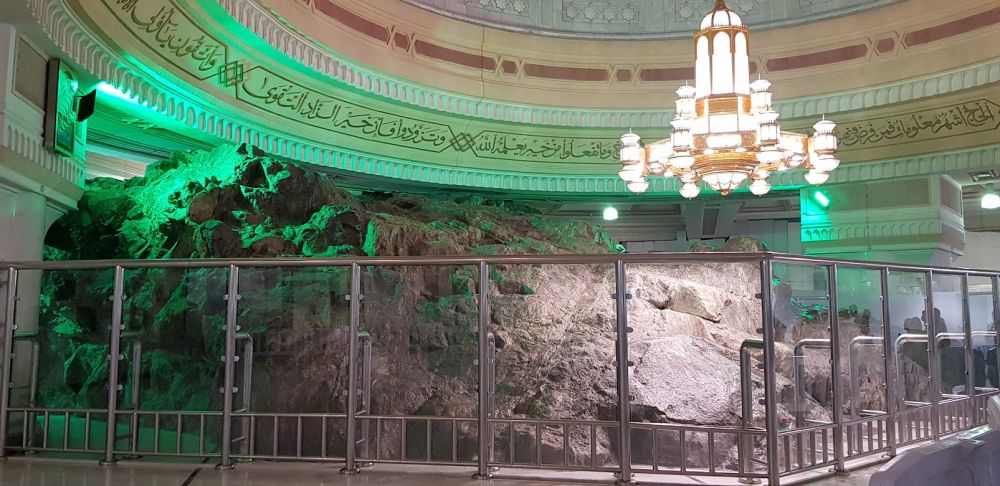

Safa and Marwa are two small hills located in the Great Mosque of Mecca in Saudi Arabia. They are of immense religious significance to Muslims all around the world, playing a pivotal role in the ritual of the Hajj, which is one of the five pillars of Islam. This ritual is known as Sa'i, where pilgrims walk back and forth seven times between these hills, commemorating the actions of Hagar, the wife of the Prophet Abraham, as she searched for water for her son, Ishmael.
The history of Safa and Marwa dates back thousands of years and is deeply embedded in Islamic tradition. The story goes that when Hagar was left in the desert with her son Ishmael, she climbed these hills in a desperate search for water. It is said that her efforts were rewarded when the Zamzam well miraculously sprang forth under Ishmael's feet. Ever since, the act of Sa'i symbolises the human values of patience, perseverance and unwavering faith in God.
The ritual at Safa and Marwa has been a part of the Hajj pilgrimage since the time of Prophet Muhammad, who upheld the practice established by Hagar. As such, it has been an essential component of Islamic pilgrimage for over 1,400 years.
Mecca (Makkah) is primarily a religious tourist destination, with millions of Muslims visiting each year for the Hajj and Umrah pilgrimages. While non-Muslims are not permitted to enter the holy city of Mecca, the tourism in the region has had a profound impact on the local and national economy. The Hajj and Umrah have a significant history in driving tourism trends in the city and contributing to its infrastructure and services development.
In recent years, we have witnessed several key trends in Mecca's tourism landscape:
As the Saudi Arabian government progresses with its Vision 2030 plan, the country aims to diversify its economy, with tourism - including religious tourism - being a key factor. The plan includes increasing the capacity to host pilgrims and enhancing the overall quality of services provided. The history and ongoing evolution of Safa and Marwa, nestled within Mecca's continuous development, remain at the heart of Islamic tourism and spirituality.